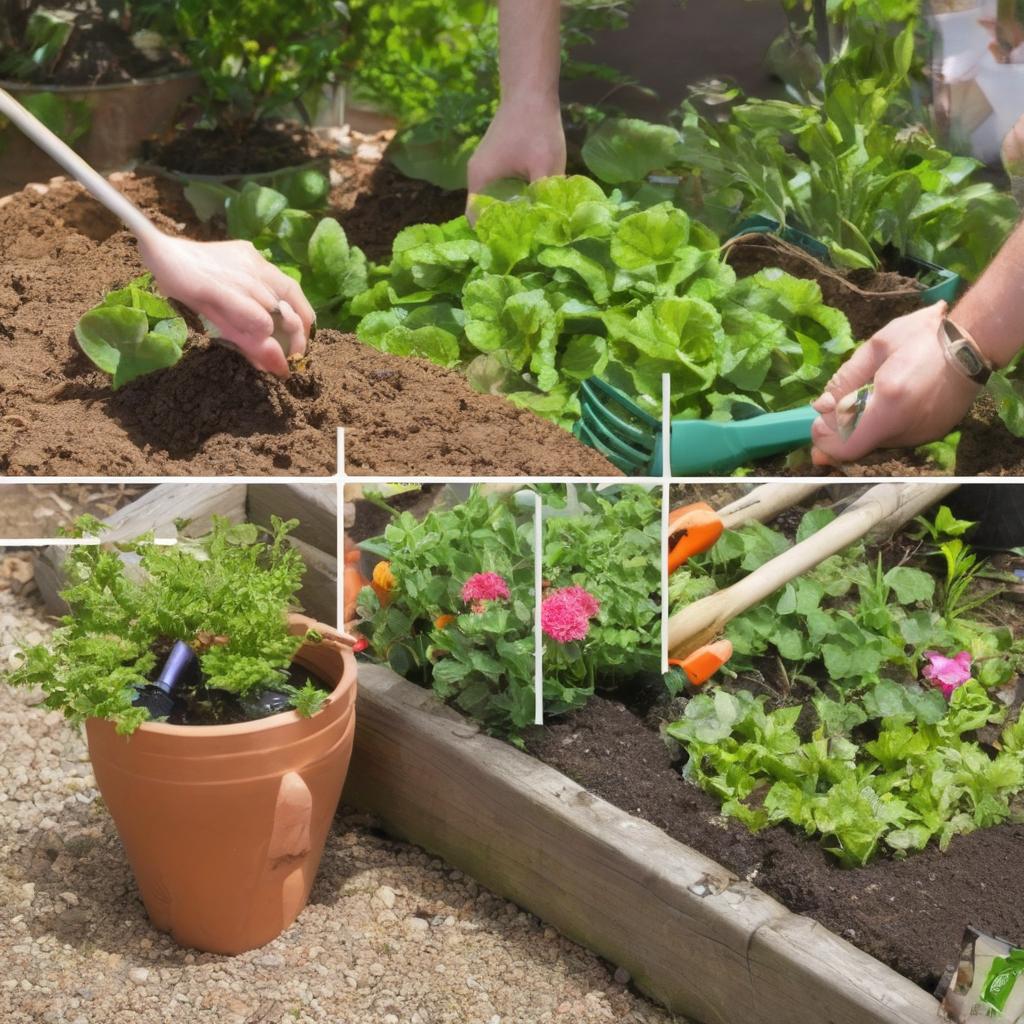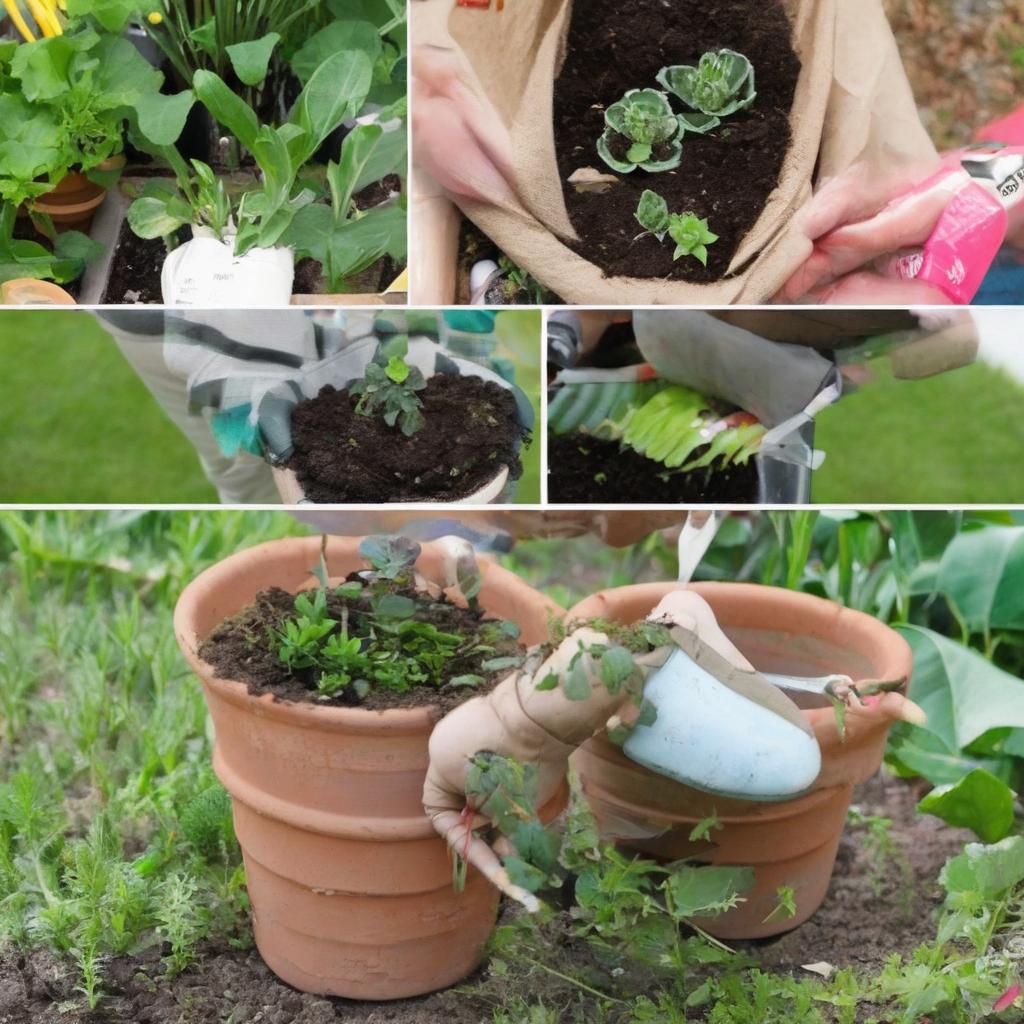
Gardening on a Budget: Genius Hacks to Save Cash
Gardening on a budget. That may sound like an oxymoron – either you garden, or you live on a budget. But don’t believe it. It doesn’t have to cost a fortune to grow a garden that pumps out tasty vegetables. There are many simple ways to have a lush, bountiful garden without emptying your wallet.
My First Gardening Experience: A Costly Lesson
My first attempt at growing a vegetable garden was surprisingly successful. And a colossal failure. By the time I added up what I’d spent on plants, tools, fertilizer, supplies, more plants, and different types of fertilizer, I harvested what turned out to be the most expensive tomatoes, peppers, onions, and garlic on the planet! While my tiny salsa garden was bountiful, it was a financial train wreck.
Learning from Experts: Frugal Gardening Tips
Things have changed. Over the years since that experience, I’ve mellowed, and determined to learn from gardening experts who actually know what they’re doing. I’ve discovered that gardening on a budget can be a lot of fun, and it’s not difficult when you keep a load of frugal tips and tricks handy for how to garden on the cheap.
23 Genius Gardening Hacks for Gardening on a Budget
Here, for your enjoyment and in no particular order, are genius gardening hacks for gardening on a budget that I wish I’d known sooner.
1. Borrow, Share Tools
If you’re new to this idea of gardening, rather than pouring money into a bunch of gardening tools you’re not sure you’ll ever use again, let friends and neighbors know what you’re up to. Chances are good they’ll have items you can borrow. And don’t be surprised if you receive a few gifts of tools others want to get rid of.
2. Forget Seedlings
Those pony packs and endless trays of seedling starts in the garden center are tempting, but they’re not cheap! Better? DIY.
3. Seed Starting
It’s easy to grow your own starter seedlings. Walk away from the pony packs and head to the rack of seed packets. Look at all the choices. You’ll have to wait a bit to get your garden thriving, but nurturing plants from germination to maturity is such a rewarding experience.
- Read the necessary information on the back of the seed packets.
- Check your zone using a color-coded plant hardiness zone map.
- Get creative with containers: egg cartons, toilet paper rolls, yogurt cups, paper coffee cups, and fast food containers.
4. Use Toilet Paper Tubes to Make Seed Pods
Take an empty toilet paper tube and make a series of cuts approximately 1 to 1 1/2 inches in length and spaced about 1/2 inch apart around one end of the roll. Fold the cut sections inward toward the center of the roll to form the base of your seed pod.
5-8. Other Seed Starting Tips
Other tips for seed starting include using homemade potting soil, moving seedlings outdoors gradually, and using toilet paper tubes to make seed pods.
9. Moving Seedlings Outdoors
Two weeks before outdoor planting, gradually introduce your seedlings to weather conditions in their future garden home. Begin by placing them outside for a few hours in the afternoon shade, shielded from wind.
10. Propagate from Cuttings
You don’t always have to purchase seeds or seedling starts to grow new plants – many can be grown from cuttings from friends, neighbors, or even plants from your own garden.
11. Sweet Potato Slips
Imagine harvesting garden-fresh, homegrown sweet potatoes. It’s super easy to grow slips from an organic sweet potato.
- Cut the end off the sweet potato.
- Stick a few toothpicks in a line around the circumference.
- Rest the sweet potato cut side down in a jar on the toothpicks.
- Watch the magic happen!
12. Make a Rain Barrel
You can save on water bills by harvesting rainwater with a DIY rain barrel.
13. Use Homemade Fertilizers
Instead of buying expensive commercial fertilizers, consider making your own using household ingredients such as compost tea, fish emulsion, or bone meal.
14. Free Mulch
Look for free sources like grass clippings, leaves, or perhaps wood chips from local arborists or municipal composting programs.
15. Make Dirt!
Composting is a simple and effective way to recycle food scraps and yard waste into nutrient-rich soil for your garden.
16. Epsom Salt Fertilizer Trick
Epsom salt contains magnesium, which helps with seed germination, chlorophyll production, and absorption of vital nutrients.
17. Protect the Young
For extra shelter from the elements until they settle in, grab a 4-inch PVC pipe and slice it into 5-inch bits.
18. Cardboard for Tomatoes
Covering the soil around tomato plants with large sections of primarily unprinted, corrugated brown cardboard suppresses weed growth, preserves soil moisture, and simplifies fall cleanup.
19. DIY Drip Irrigation
Mimic the functionality of a drip irrigation system with just an empty plastic water bottle and a spare sock.
20. Protect Plants with Plastic Forks
Insert a few forks into the ground, tines up, around the frequent haunts of stray cats, rabbits, or mice.
21. DIY Insecticide
Combine 12 drops of lemon essential oil with 1 tablespoon of pure liquid soap per quart of water, and transfer the mixture into a spray bottle.
22. Slugs, Ugh!
Create your own trap by pouring some beer into a shallow container, such as a tuna can or pie plate.
23. Start Slow, Enjoy
Gardening is a journey, not a race. Start small, go slow, and experiment. Learn from your successes and failures along the way.
Conclusion
Gardening on a budget is not only possible but also fun and rewarding. With these 23 genius gardening hacks, you can save cash while enjoying the many benefits of gardening. So, start small, get creative, and happy gardening! What is gardening on a budget?
What is gardening on a budget?
Gardening on a budget refers to the practice of growing a garden without spending a lot of money.
How can I start gardening on a budget?
Start by borrowing or sharing tools, using seed starting techniques, and making your own fertilizers and mulch.
What are some alternatives to buying seedlings?
You can grow your own seedlings from seeds, use cuttings from existing plants, or propagate plants like sweet potatoes.
How can I make seed pods?
Use toilet paper tubes, egg cartons, or other household items to create biodegradable seed pods.
What is the purpose of hardening off seedlings?
Hardening off seedlings helps them adjust to outdoor conditions and reduces shock when transplanting.
How can I save money on water for my garden?
Harvest rainwater using a DIY rain barrel to reduce your water bills.
What are some free or low-cost mulch options?
Use grass clippings, leaves, wood chips, or other organic materials as mulch.
How can I make my own fertilizer?
Use household ingredients like compost tea, fish emulsion, or bone meal to create homemade fertilizers.
What is the benefit of using Epsom salt in gardening?
Epsom salt provides magnesium, which helps with seed germination, chlorophyll production, and nutrient absorption.
How can I protect my plants from pests?
Use DIY insecticides, physical barriers, or homemade traps to protect your plants from pests.
What is the key to successful gardening on a budget?
Start small, be patient, and experiment with different techniques to find what works best for you.















